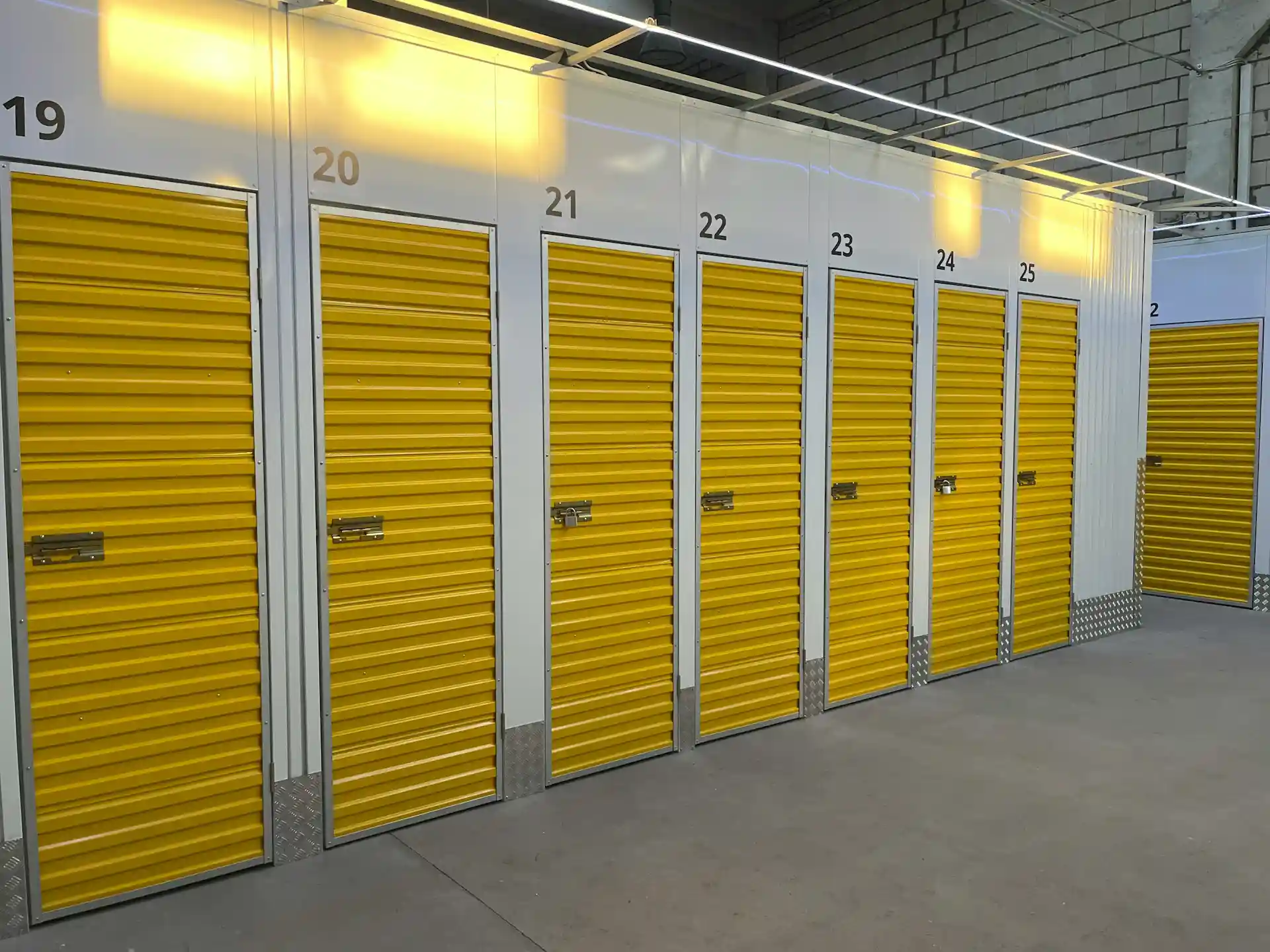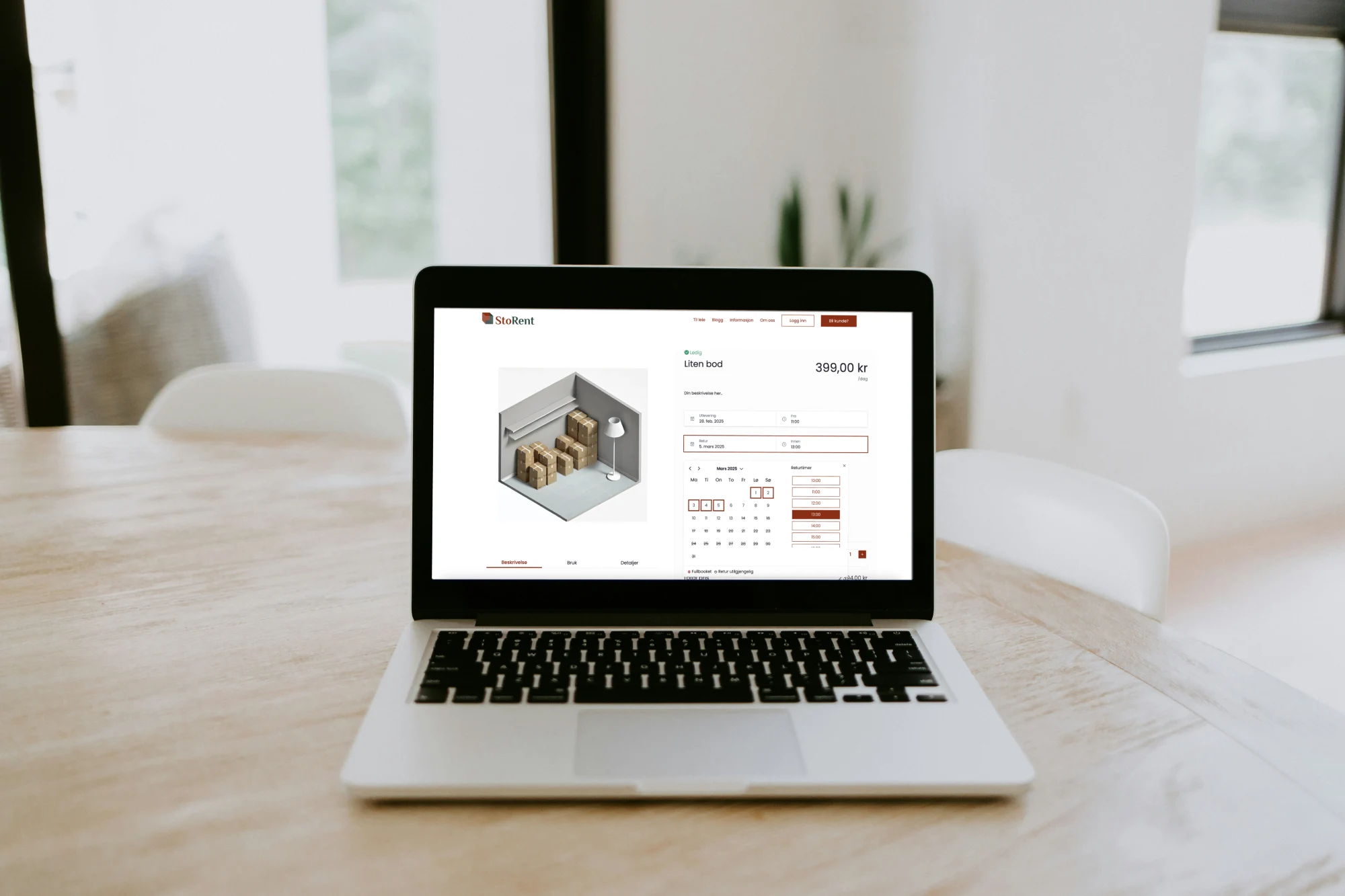

Best self storage locks: A guide to choosing the right one
Choosing the best self storage locks is crucial for security, convenience, and efficiency. This guide explores smart lock solutions and key considerations to help you make the best choice.

Cloud-based self storage software provides flexibility by shifting infrastructure responsibilities to external providers. Companies no longer need to manage physical servers or internal data centers. Instead, the vendor oversees uptime, scalability, and system updates. This model supports real-time syncing, mobile access, and automatic backups, which is ideal for dynamic rental environments like self-service storage.
By comparison, on-premise systems rely on local installation, meaning the business is fully accountable for security, infrastructure maintenance, and system performance. This model may offer more control but adds complexity in ensuring software patches, data redundancy, and compliance. It’s particularly challenging for businesses without dedicated IT resources.
In many modern rental contexts, especially where self-service solutions are essential, cloud platforms provide more resilience and support integration with access control systems and online payment providers. This allows operators to deliver 24/7 booking and access functionality while maintaining centralized control across locations.

The financial model of each system varies. Cloud-based solutions are subscription-based, with predictable recurring costs that typically include updates, support, and hosting. This aligns well with operational budgeting models and allows companies to scale services without capital-intensive infrastructure investment.
On-premise software often requires a significant initial outlay for hardware, licensing, and installation. Long-term ownership may yield lower annual fees, but it brings higher upfront costs and ongoing maintenance obligations, especially for storage facilities managing multiple sites.
Cloud rental systems reduce the need for in-house server maintenance or software version control. Facilities opting for online rental store platforms benefit from consolidated billing and centralized administration, which simplifies operational planning and audit tracking.
Furthermore, cloud platforms can be updated without downtime, whereas on-premise updates may require scheduled maintenance windows and local downtime. For operators seeking minimal disruption and consistent feature rollouts, this can impact service availability and customer satisfaction.
Deployment speed is another factor when comparing cloud-based and on-premise storage software. Cloud systems are generally available immediately after subscription activation. Providers usually offer pre-configured modules for self-service rental businesses, reducing technical dependencies and enabling quicker go-to-market readiness.
By contrast, deploying on-premise software can take weeks or months. It requires configuring physical infrastructure, networking, storage devices, firewalls, and backup systems. System integrators may be involved to ensure compatibility with facility management hardware.
Cloud solutions streamline this by handling integrations at the API level. In the self-storage market, fast deployment enables providers to capitalize on seasonal demand, facility expansions, or location launches without waiting for complex IT coordination.
In situations where agility is a competitive differentiator, cloud systems offer more viable options, especially when paired with digital front-ends like online booking systems that allow renters to reserve units independently.
Cloud-based storage systems ensure access from any location with a web connection. This supports central teams monitoring multiple facilities and enables remote customer service teams to resolve issues without physically accessing office infrastructure.
Automatic disaster recovery mechanisms are a major benefit. Reputable cloud providers maintain geographically redundant servers to protect against data loss from local events like hardware failure or fire. These features are typically built into the subscription without requiring additional investment.
On-premise systems must develop and test their own disaster recovery plans. This might involve offsite backups, periodic testing, and dedicated DR infrastructure—an approach that increases cost and complexity, especially in high-turnover rental models.
Organizations managing rental websites and booking systems remotely benefit from cloud-native resiliency and restore capabilities. These features help maintain business continuity even in unplanned scenarios.
Security is often cited as a major consideration when evaluating software delivery models. Cloud-based self storage software vendors typically follow standardized security practices, including encryption at rest and in transit, access logging, and multi-factor authentication. Many are compliant with frameworks like GDPR or ISO/IEC standards, depending on their markets.
This centralized approach can be more robust than local installations, especially for companies without in-house security teams. Cloud vendors handle patching, antivirus, and firewall protection, making them suitable for companies scaling into regions with varying data protection laws.
In contrast, with on-premise systems, responsibility for compliance and security rests entirely with the operator. Encryption, firewalls, and access logs must be managed internally, often requiring external consultants for audits or upgrades. For rental businesses handling personal identifiable data, this increases exposure to compliance risks.
Operators offering self-service storage software typically benefit from built-in security controls offered by cloud vendors, aligning with industry practices while reducing operational overhead.
Cloud infrastructure supports effortless scalability. When a self storage business adds new locations or expands unit types, cloud platforms can integrate those into the system without disrupting service. This is critical for businesses managing multiple facilities, especially when real-time inventory updates are necessary across sites.
On-premise systems, on the other hand, may require individual server setups or VPNs between locations, increasing the administrative burden and introducing potential points of failure. Scaling the system means more IT planning, hardware procurement, and network configuration.
Cloud-based platforms often support unified dashboards for monitoring utilization, bookings, and payment activity across facilities. Businesses utilizing inventory rental management systems can manage distributed units through a single interface, making multi-location operations more transparent and consistent.
Modern self storage software must integrate with a wide array of systems—CRM platforms, payment processors, door access controls, and email automation tools. Cloud-based software typically supports API-based integrations or built-in connectors for leading service providers.
These integration layers are critical for businesses prioritizing automation. For example, when a booking is made, systems should trigger access code generation, billing, and customer notification—all without manual involvement. Cloud platforms often make this orchestration feasible via webhook configurations or plug-and-play modules.
On-premise software often lacks real-time integrations or requires custom development, adding to the maintenance burden. These limitations can delay deployments or prevent the business from adapting to new customer service expectations.
Businesses offering digital rentals via a rental booking software interface typically rely on cloud ecosystems to automate end-to-end workflows and reduce response times.
Software longevity is critical for operational continuity. Cloud-based platforms are continuously updated with new features, bug fixes, and security patches—typically without requiring downtime or user intervention. This future-proofs businesses against obsolescence and ensures regulatory requirements are met automatically.
On-premise systems often remain static unless actively upgraded by internal teams. Delays in updates can introduce compatibility issues or expose systems to vulnerabilities. Additionally, as digital self-service and mobile-first behaviors expand, keeping pace with user expectations may require ongoing investments.
Cloud platforms also facilitate experimentation with new tools like IoT-connected locks or AI-powered analytics dashboards. These enhancements can be deployed as part of the subscription, without bespoke configuration.
Operators investing in modern rental software systems benefit from regular updates that align with customer preferences, hardware integrations, and emerging market demands.